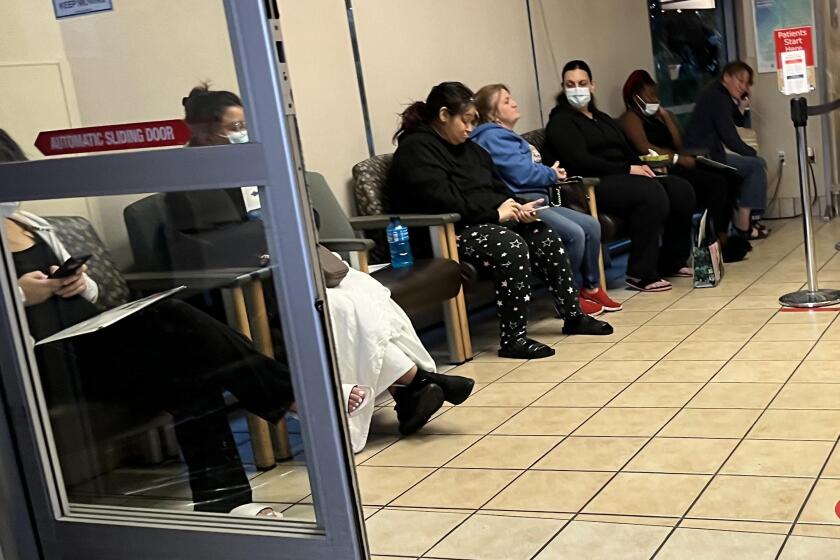Editorial: Where’s our public art? Wrapped up in red tape.
When the city of Los Angeles established its “1% for the Arts” program more than two decades ago, the rationale was that commercial and municipal development takes a toll on the visual landscape of the city. To mitigate that, and to contribute to the artistic vitality of the city, developers were required to pay a fee equal to 1% of the construction value. That money was supposed to pay for art in public places.
It was a smart idea to set up the Arts Development Fee Trust Fund. But it’s dumb not to spend it.
A recent audit by City Controller Ron Galperin found that $7.5 million was languishing in the portion of the fund that is bankrolled by developers and earmarked for public art projects, cultural events and performances. The money, accumulated over the last seven years, is just sitting there — “depriving the city of essential cultural enrichment,” as the audit put it — waiting for the city’s Department of Cultural Affairs to commission art that it can be spent on. Since 2006, the developers of 428 projects have paid about $7.7 million into the fund. Only 32 arts projects have been placed in those years.
According to the audit, the main reason for the spending lag is a restriction placed on the usage of the arts fund in 2007. At that time, the city attorney, interpreting legal statutes governing the ordinance, concluded that the funds generated by a construction project had to be used on art within a one-block radius of the project.
The city controller and the city attorney, Mike Feuer, say they are working on getting the one-block restriction changed.
Lifting the restriction should free up cultural affairs officials in their quest to develop creative and engaging urban art. Indeed, more than 1,000 murals, sculptures and other projects were installed under the program before the 2007 one-block rule. It’s too bad that in seven years, with millions of dollars at their disposal, officials couldn’t come up with more projects within the one-block limit more often and more creatively. (The city managed to do it when it used the arts fee generated by building the new Los Angeles Police Department headquarters on a series of sculptures along the sidewalk just outside.)
Lifting the restriction will raise important questions about how the city wants to share public art. Should public art be placed in a part of the city starved for public art, even if the construction project that funds it is elsewhere? Instead of mandating just one art project per construction project, should the law allow fees to be pooled to fund more ambitious art? City officials and public arts advocates will have to grapple with these questions. But the sooner they start the conversation, the sooner that fund can sprout as much new art as new development.
More to Read
A cure for the common opinion
Get thought-provoking perspectives with our weekly newsletter.
You may occasionally receive promotional content from the Los Angeles Times.










